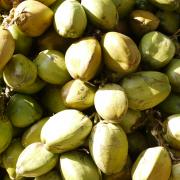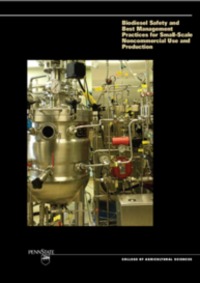The manure handling system of any farm is made up of many different components, each with a different function and purpose. An anaerobic digester, although only one component of the system, can greatly improve the environmental performance and efficiency of the overall system. The main effect of anaerobic digestion is conversion of organic matter to biogas. This conversion has many potentially beneficial environmental and management side effects.
Odor reduction
By removing organic matter, the digester reduces the organic matter-loading and …



